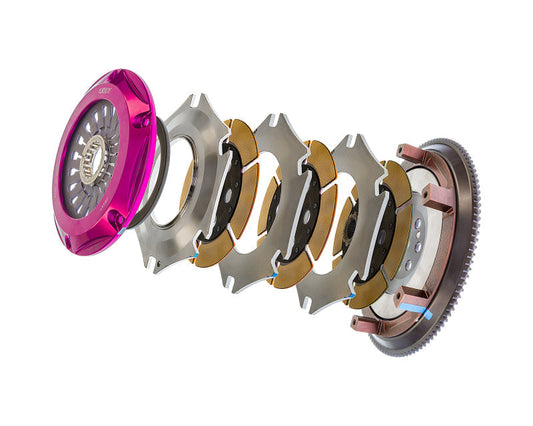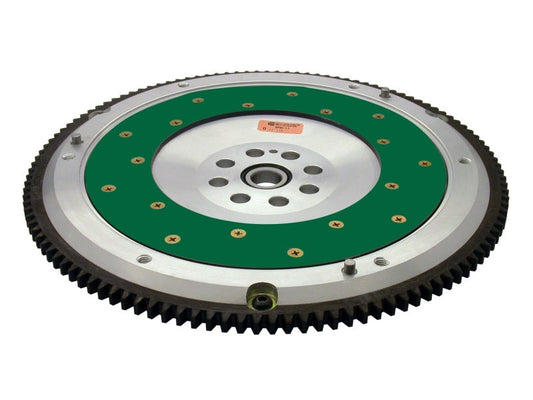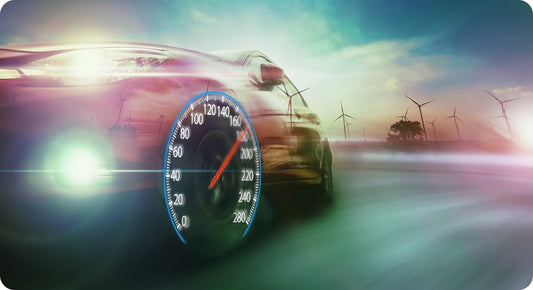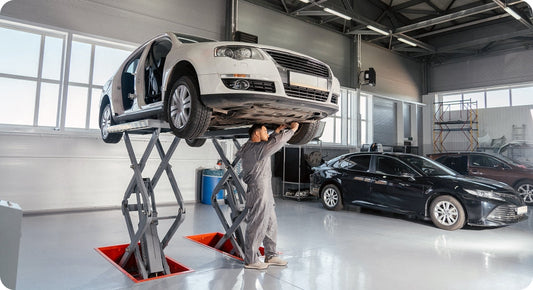You just installed that shiny new set of headers, big brake kit, or even a freshly built engine. It’s tempting to stomp the throttle immediately, but hold up. Breaking in new performance parts properly is critical for maximizing power, durability, and long-term reliability.
At WOT Performance Parts, we don’t just sell you the best parts—we help you get the most out of them. Here’s your ultimate guide to breaking in new performance parts the right way. Contact us today for more information.
Why Breaking In Matters
 New parts, especially those involving moving components or friction surfaces, need time to:
New parts, especially those involving moving components or friction surfaces, need time to:
-
Seat and mate properly with the surrounding parts
-
Heat cycle and adjust to thermal expansion
-
Wear-in microscopic imperfections for smooth operation
-
Prevent premature failure and unnecessary wear
Skipping or rushing the break-in process can lead to:
- Leaks
- Warping
- Reduced performance
- Shortened lifespan
- Catastrophic failure in extreme cases
Which Parts Require Break-In?
Breaking in is important for a variety of upgrades, including:
-
Engines and rotating assemblies (pistons, bearings, rings)
- Clutch kits and flywheels
- Brake pads and rotors
- Differentials and gears
- Suspension bushings and coilovers
- High-performance tires
- Ceramic-coated headers or turbo systems
Each part type has its specific break-in procedures, but the core principle remains: gradual, controlled use before full-throttle fun.
Best Practices For Breaking In New Parts
1. Follow The Manufacturer's Instructions
Always start by checking the specific instructions provided with your parts. Different materials, coatings, and designs may require slightly different procedures. Trust the experts who built your components!
2. Engine Break-In Tips
For rebuilt engines, new short blocks, or crate motors:
-
Use break-in oil (non-synthetic) for initial startup and seating
-
Prime the oiling system before cranking
-
Vary RPM during the first 500–1,000 miles (avoid steady cruising)
-
Avoid high-load, high-RPM pulls early on
-
Change oil and filter after initial 500–1,000 miles
Pro Tip: The First 20 minutes after startup (at 2,000–3,000 RPM) is critical for camshaft break-in on flat-tappet motors.
3. Brake System Break-In (Bedding)
New brake pads and rotors must be bedded properly to maximize friction and prevent glazing.
Typical bedding process:
- Perform 8–10 moderate stops from 45–55 MPH to 10 MPH without coming to a complete stop
- Let the brakes cool down for 5–10 minutes while driving
- Repeat the process for full pad-rotor mating
You’ll feel the bite and smell some resin curing—that’s normal!
4. Clutch And Flywheel Break-In
For new clutches and flywheels:
- Drive gently for 500–750 miles
- Avoid aggressive launches, slipping the clutch, or full-throttle shifts
- Vary RPM and load during break-in
Allowing surfaces to mate properly increases holding capacity and lifespan.
5. Differential And Gear Break-In
If you’ve installed new differential gears (especially aftermarket ratios):
- Light driving for the first 500 miles
- No towing, burnouts, or aggressive launches
- Perform several cooldown cycles (easy driving for 15 minutes, then cool for 30 minutes)
Fresh gears are vulnerable to overheating until properly broken in.
6. Suspension Break-In
 New bushings, coilovers, and shocks need time to settle:
New bushings, coilovers, and shocks need time to settle:
- Allow 300–500 miles of normal driving before realigning
- Expect minor height settling on coilovers
- Check torque specs after the initial settling period
A fresh alignment after settling ensures optimal handling and tire wear.
7. Tire Break-In
Even tires need some break-in:
- Drive moderately for the first 100–150 miles
- Avoid aggressive cornering, launches, or hard braking
- Allow the mold release agents to wear off for full grip potential
Heat cycling your tires (slow heat buildup, cooldown) can also improve consistency and lifespan for track tires.
Common Break-In Mistakes To Avoid
🚫 Flooring it immediately after installing new parts
🚫 Skipping the bedding-in process for brakes
🚫 Using synthetic oil during initial engine break-in (unless specified)
🚫 Forgetting to recheck bolts, fittings, and fasteners after heat cycling
🚫 Assuming modern parts don’t need break-in (they do!)
Patience now = maximum performance later.
Final Tip: Schedule Inspections After Break-In
After your initial break-in period:
- Inspect all components for leaks, loose hardware, or abnormal wear
- Re-torque suspension and drivetrain bolts
- Replace fluids if recommended (especially for engines, differentials, and transmissions)
This final step locks in your gains and sets your build up for a long, healthy life.
Maximize Your Performance With WOT Performance Parts
At WOT Performance Parts, we don't just sell the best performance parts—we help you make the most of them with expert advice, proven break-in tips, and ongoing support. Whether you're upgrading your engine, brakes, suspension, or drivetrain, our team is here to help you build smarter, drive harder, and enjoy every mile.






